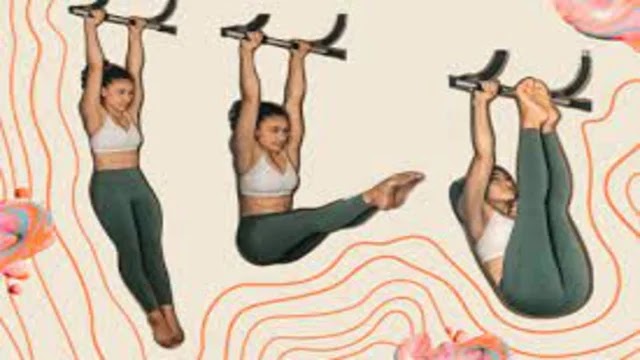
best exercises for Rheumatoid Arthritis
Health
Rheumatoid Arthritis Pain Relief
7 Essential Everyday Exercises to Manage Rheumatoid Arthritis Pain
7 Essential Everyday Exercises to Manage Rheumatoid Arthritis Pain
As a joint disease, rheumatoid arthritis can take a serious toll on your quality of life. According to the Arthritis Foundation, people with the autoimmune condition are four times more likely to experience low levels of depression than people without rheumatoid arthritis. There are lots of factors that contribute to depression in people with chronic illness, and rheumatoid arthritis is no exception. And because it is a very different type of chronic pain—and one of the most common reasons for people to see a doctor—it can be hard to find the right approach to managing the condition. Here are seven everyday exercises that will give you peace of mind, ease the pain, and keep you doing things you love—all of which are also an important part of treatment. Walking and running are your best bets if you have severe rheumatoid arthritis pain. But if you don’t, you may be able to get by with yoga, swimming, and other low-impact, low-impact exercise. Just make sure you stretch afterward.
Exercise is generally a good idea for people with rheumatoid arthritis, but it’s important to exercise at a low-impact level. You can use an exercise band or physical therapy balls to gently stimulate joint movement.
Moving in daily motions, such as washing the dishes or sweeping the floor, helps keep your hands in condition. (Baths and showers, which involve laying on a soft mat, can also help, but you should take short showers and hold off on long baths until your pain is better.)
According to the Arthritis Foundation, avoiding workplace activities that impact your hands, such as writing or typing, and scheduling your workouts around what you can do independently—such as at night—can also help avoid injury or flares.
Interval training, which uses short, fast bursts of exercise, may be helpful in relieving some pain. The impact on your joints is less, so you’ll have more flexibility for fine-tuning form and posture while you exercise.
These exercises can also help maintain strength for people with rheumatoid arthritis, who can quickly lose their strength as the condition worsens. 10 Foods for
Stretching, however, can be difficult when your rheumatoid arthritis symptoms worsen. Consider exercises that don’t stretch and avoid any movement that places too much strain on your joints.
Want to learn more about joint pain? Read “The History of Joint Pain” and “Joint Pain and Myalgia.”
If you’re ready to start feeling better, give these seven exercises a try.
1. Hanging leg raises This is one of the most gentle forms of exercise you can do to lower your blood pressure and improve heart health. In a study from the University of Central Florida, compared to participants who sat in an exercise class and received a structured stretching regimen, those who did resistance training did better at reducing pain and swelling. The classes used body weight exercises (like sit-ups and squats), resistance bands, and jumping jacks. Stretching was done only on some days.
Rheumatoid arthritis doesn’t cause muscle stiffness, but exercising can help. And since the condition is chronic and progressive, stretching will be helpful for as long as you have rheumatoid arthritis.
2. Lower-leg band crunches
This exercise from the Mayo Clinic will stretch your stomach, help with flexibility and range of motion, and improve circulation in your legs.
3. Static stretches
You probably already do static stretches after a workout to stretch your muscles, but these moves are also a great way to ease into strength training for those with arthritis. Try this stretch after walking for 30 to 40 minutes or climbing up and down stairs.
10 Foods for 4. Glute ham raises
Want to tone your lower back and relieve lower-back pain? This exercise works your glutes and hip flexors and will make you feel warm all over.
5. 5. Spinal twists Ever notice that post-run soreness was gone by the next day? That’s because stretching will help, says the Arthritis Foundation. But if you’re new to stretches, try this stretch before going for a run or before going on a long bike ride.
6. Wall squats
Whether you have arthritis or not, this exercise will tone your quadriceps muscles and improve your balance, strength, and coordination, according to the Arthritis Foundation. Squats are an intense strength-building exercise that will help keep your legs active while you wait for your pain to subside, the foundation says.
7. Dog stretch
So you think dogs make your life better? They really do. Research shows that exercise helps dogs with arthritis and could be an important way to keep them comfortable as they age, according to the Arthritis Foundation. Some veterinarians use a version of this exercise, known as "sitzerettes," to help dogs who have arthritis. In addition to helping you lose weight, your dog will feel better too!








_1.jpg)


0 Comments: